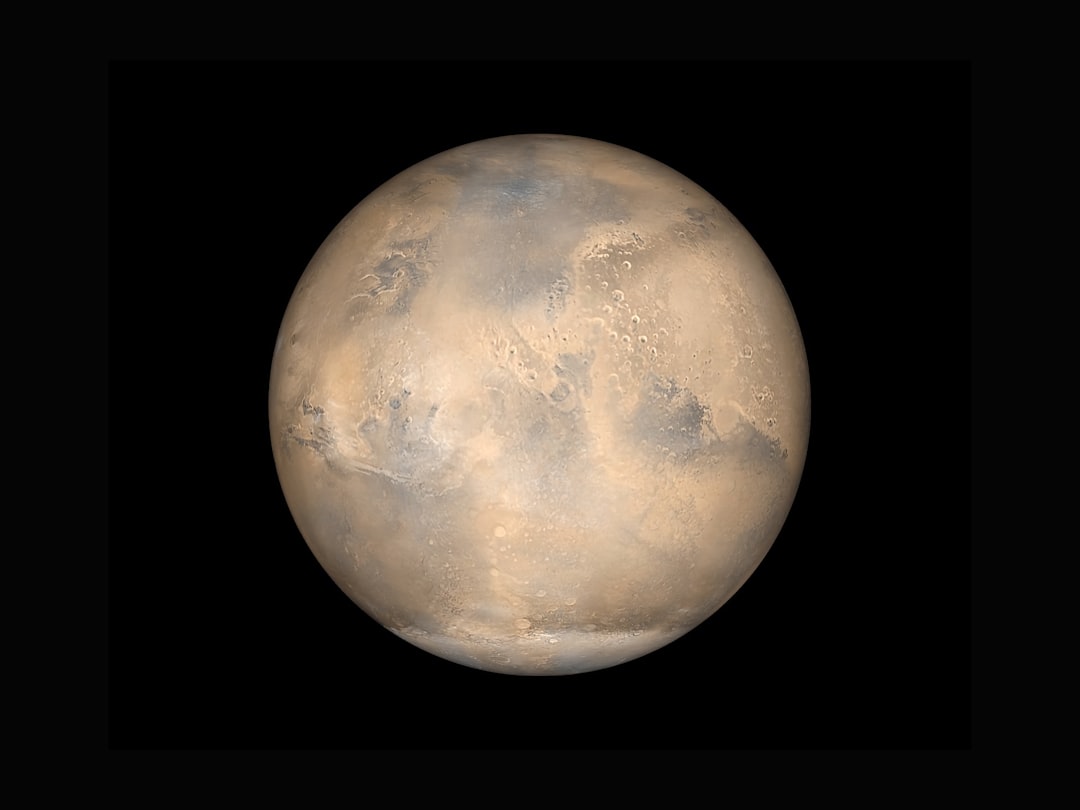What is it about?
The prerequisites and ingredients for life seem to be abundantly available in the universe. However, the universe does not seem to be teeming with life. The most common explanation for this is a low probability for the emergence of life (an emergence bottleneck), notionally due to the intricacies of the molecular recipe. Here, we present an alternative Gaian bottleneck explanation: If life emerges on a planet, it only rarely evolves quickly enough to regulate greenhouse gases and albedo, thereby maintaining surface temperatures compatible with liquid water and habitability. In the Gaian bottleneck model, the maintenance of planetary habitability is a property more associated with an unusually rapid evolution of biological regulation of surface volatiles, than with the luminosity and distance to the host star. The Gaian bottleneck model suggests extinction is the cosmic default for most life that has ever emerged in the universe – a better explanation for the non-prevalence of life than traditional emergence bottleneck paradigms.
Featured Image
Why is it important?
Even if the emergence of life is a common feature of planetary systems throughout the universe, we propose a new Gaian bottleneck hypothesis that the vast majority of planetary life goes extinct early in its evolution. We postulate that planetary environments evolve away from habitable conditions within about a billion years because of the strength, rapidity and universality of abiotic positive feedbacks in the atmospheres of terrestrial planets in traditional circumstellar habitable zones.
Perspectives
Recent discoveries suggest almost every star visible in the night sky is home to wet rocky planets conducive to supporting life. The ingredients and energy sources required for life's genesis should be ubiquitous in planetary systems across the galaxy. So, the absence of any evidence for aliens in our cosmic neighbourhood has puzzled scientists ever since physicist Enrico Fermi famously asked "Where are they?" We are suggesting early extinction of most life as a new plausible solution to the famous Fermi paradox. Most early planetary environments are unstable. To produce a habitable planet, life forms need to regulate greenhouse gases such as water and carbon dioxide to keep surface temperatures stable. But early life is fragile, we are proposing that it rarely evolves quickly enough to successfully regulate its environment. The mystery of why we haven't yet found signs of E.T. may have less to do with the likelihood of the origin of life, intelligence or the starship Enterprise and have more to do with the rarity of the rapid emergence of biological regulation of feedback cycles on planetary surfaces. The Gaian Bottleneck Hypothesis could be put to test on future missions to Mars or through remote detections of signs of life around other stars. It predicts that the vast majority of the fossils in the universe will be from extinct microbial life, rather than from complex Dinosaur or Humanoid species that necessitate billions of years of evolution to emerge on a planet.
Dr Aditya Chopra
Australian National University
Read the Original
This page is a summary of: The Case for a Gaian Bottleneck: The Biology of Habitability, Astrobiology, January 2016, Mary Ann Liebert Inc,
DOI: 10.1089/ast.2015.1387.
You can read the full text:
Resources
The aliens are silent because they are extinct
Life on other planets would likely be brief and become extinct very quickly, say astrobiologists from ANU Research School of Earth Sciences.
Full-text Source
A free PDF copy of the publication.
Examples of press coverage
Online articles covering our research indexed by Google.
Contributors
The following have contributed to this page










